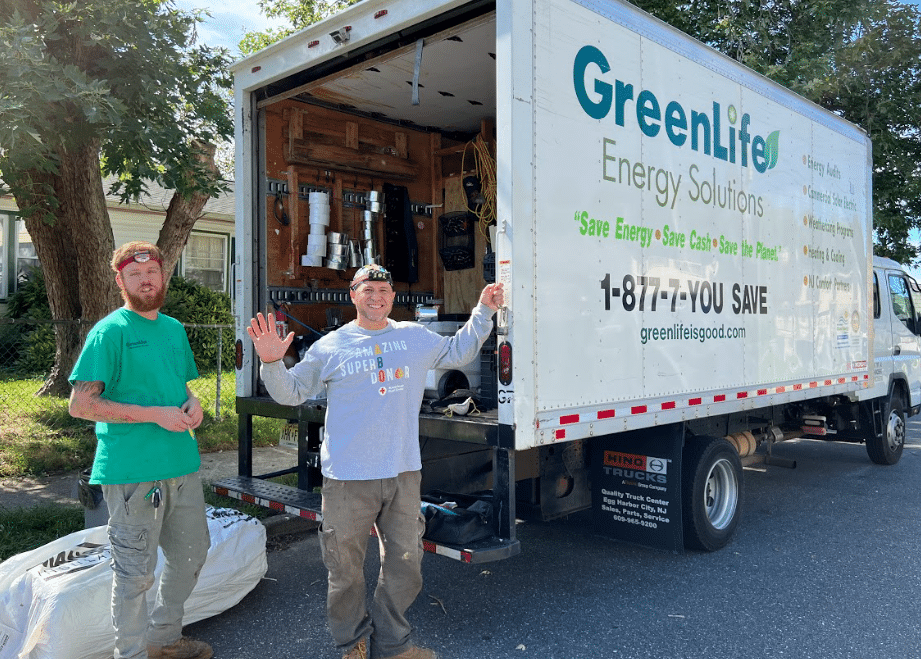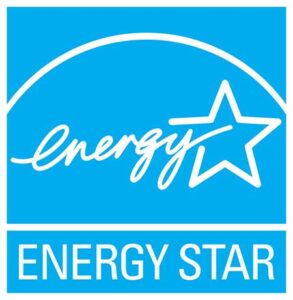Improving your home’s comfort and energy efficiency often starts with insulation. It’s one of the most effective upgrades you can make, but with so many materials and installation methods to choose from, the decision isn’t always straightforward.
Choosing the Right Insulation
The US Department of Energy (DOE) recommends starting with two key questions: Where do you need insulation, and what R-value is recommended for that space? R-value is a measure of resistance to heat flow, and higher R-values mean better thermal performance. As the DOE explains, “the maximum thermal performance or R-value of insulation is very dependent on proper installation.” This means that even the best material won’t deliver results unless it’s installed correctly.
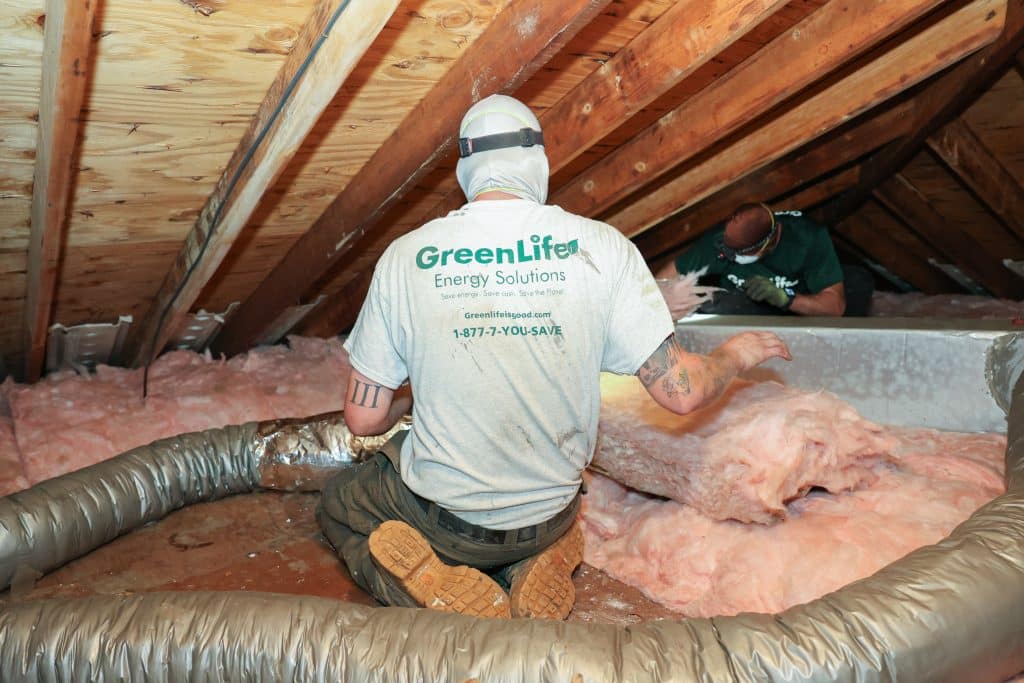
DIY or Professional Installation?
Some types of insulation, such as fiberglass batts and rolls, can be installed by homeowners, especially in open joist bays or unfinished walls. These are cost-effective and widely available but can lose effectiveness if compressed or poorly fitted.
Other types require professional installation. Loose-fill or blown-in insulation, often made from cellulose, fiberglass, or mineral wool, must be installed to precise depths and densities to achieve its rated R-value. The Federal Trade Commission (FTC)’s R-Value Rule requires manufacturers to provide coverage charts for these products, but installers must ensure they are applied properly. Spray foam is another professional-only option, expanding to fill cracks and seal air leaks while offering high R-value per inch.
What Works Best Where
Each insulation type has its strengths.
- Batts and Rolls: Best for open spaces like attics, basements, and crawlspaces.
- Blown-In Insulation: Ideal for filling irregular cavities or adding insulation in an existing attic.
- Spray Foam: Excellent for sealing air leaks in rim joists, crawlspaces, and tight gaps.
- Rigid Foam Boards: Provides continuous insulation for basement and exterior walls, reducing heat loss through framing
Reflective systems, such as radiant barriers, are different because they reflect heat instead of resisting it. The DOE notes that radiant barriers can reduce cooling costs by 5–10% in hot, sunny climates. However, in New Jersey’s mixed climate, adding conventional insulation is often more cost-effective.
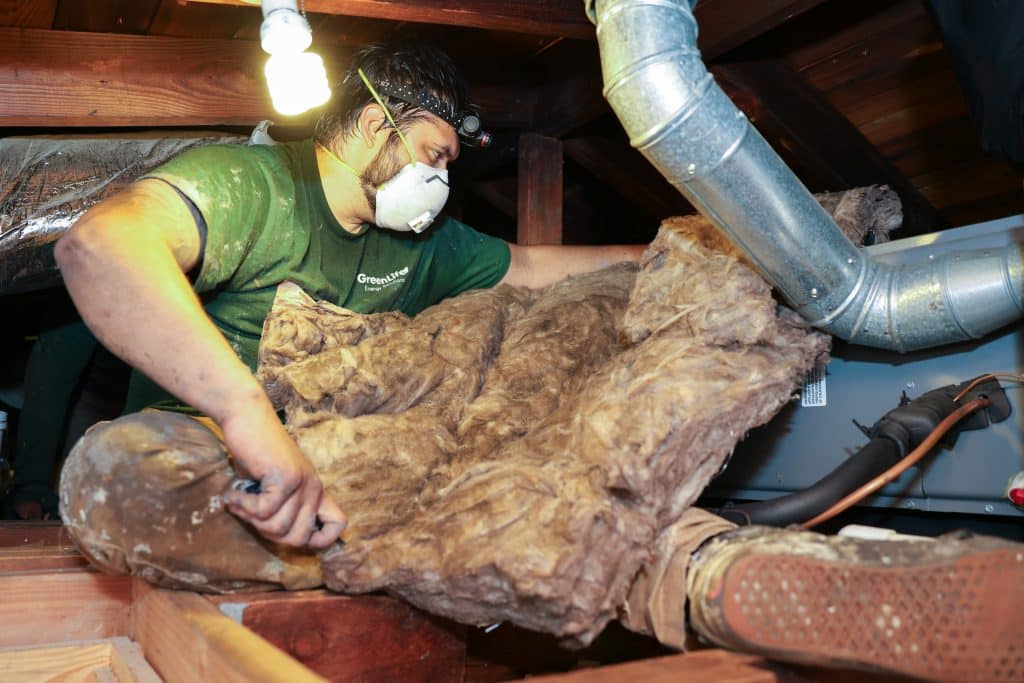
Why Installation Quality Matters
Proper installation is just as important as the insulation type itself. Gaps, settling, or air movement can all reduce effectiveness. GreenLife recommends sealing air leaks before insulation is added, which ensures that your home’s new R-value truly performs. Independent evaluations of the program also highlight the importance of details such as encapsulating knee-wall insulation to prevent air wash and preserve effectiveness.
Your Rights as a Homeowner
Insulation manufacturers must disclose R-value, thickness, and coverage, as required by FTC consumer protection guidelines. Manufacturers must also disclose settled density for loose-fill insulation. R-values, thickness, and coverage specifics can be found on the retail packaging of insulation products. This ensures transparency and helps homeowners make apples-to-apples comparisons across products.
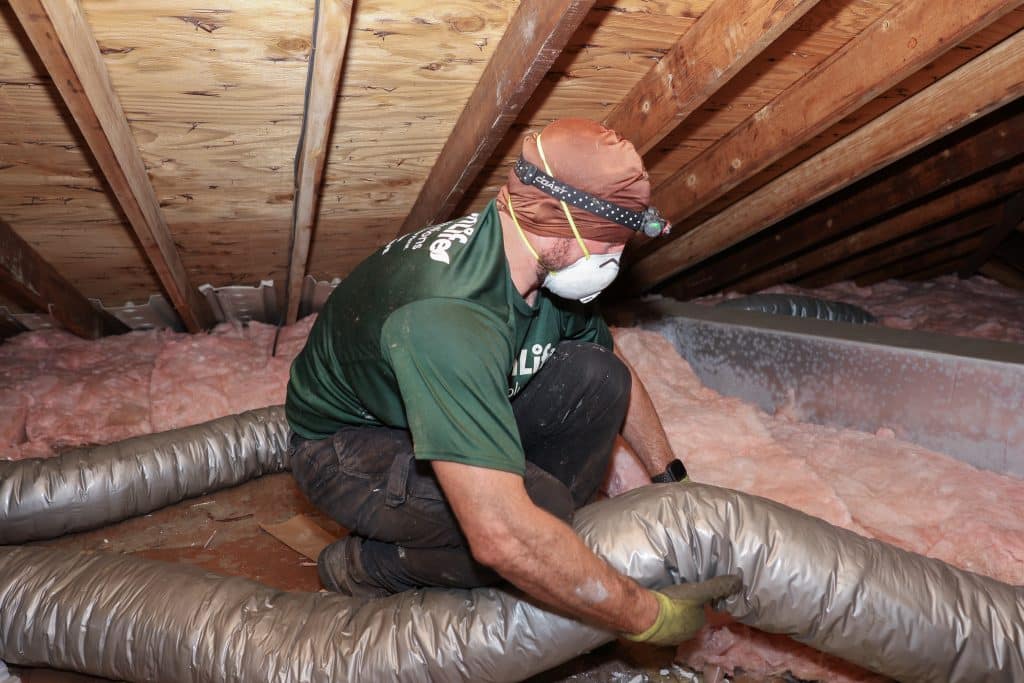
Comfort Partners: No-Cost Upgrades for NJ Families
The Comfort Partners Program, funded by the New Jersey Board of Public Utilities and participating utilities, provides no-cost energy efficiency and safety upgrades to income-eligible households. Measures often include insulation, air sealing, lighting, water-saving fixtures, and HVAC improvements, with upgrades chosen based on a professional home energy audit.
Take the Next Step
If you’d like to see whether your household qualifies for no-cost insulation and energy-saving upgrades through the Comfort Partners Program, GreenLife Energy Solutions can help. As a certified program contractor, we’ll perform a free energy audit and install the improvements that make the biggest difference for your home.
Work Cited
US Department of Energy. (2025, April 21). Types of insulation. Energy.gov. https://www.energy.gov/energysaver/types-insulation

